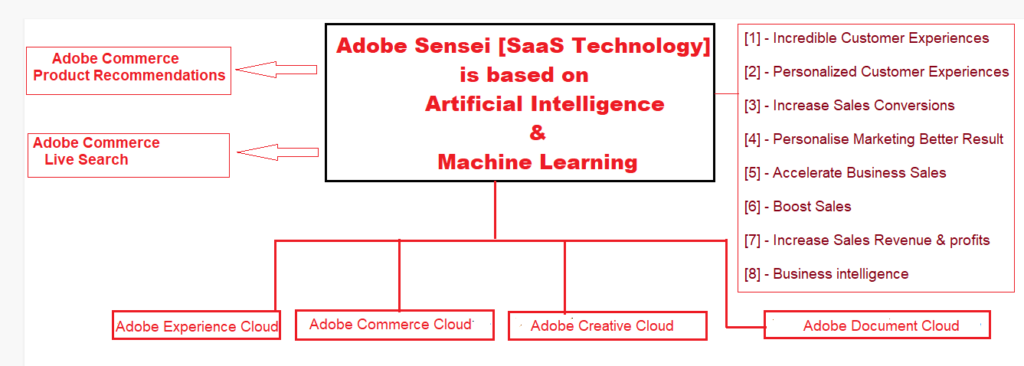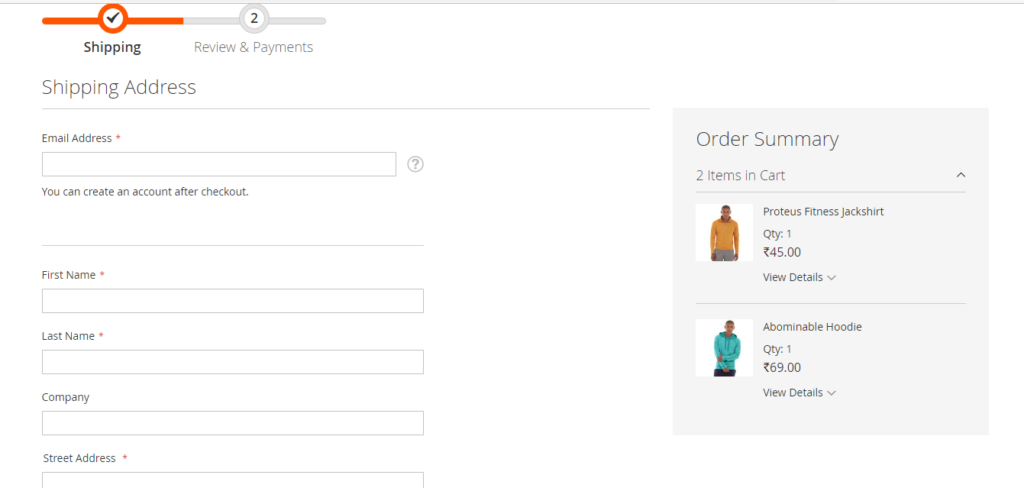

The following below differentiate Differentiate Between Magento Open Source & Adobe Commerce 2.x
Continue reading “Differentiate Between Magento Open Source & Adobe Commerce 2.x”

The following below differentiate Differentiate Between Magento Open Source & Adobe Commerce 2.x
Continue reading “Differentiate Between Magento Open Source & Adobe Commerce 2.x”

What is Adobe Sensei?
Continue reading “What is Adobe Sensei & How it Boost Sales in Adobe Commerce”
Product Recommendations are a awesome marketing tool, Merchant can use to increase conversions, boost revenue & increase sales revenue & profits
Adobe Commerce Product Recommendations are powered by Adobe Sensei(SaaS), it analysis customers shopping behavior by using Artificial Intelligence and Machine Learning Algorithms, once merging these data with Adobe Commerce storefront catalog data, finally results as customers personalizing experience, more relevant & highly engaging recommended experience
Continue reading “What is Product Recommendations & How To Configure in Adobe Commerce”If Cookie Restriction Mode is enabled, Adobe Commerce Product Recommendations does not collect customers behavioral data & not able to perform operation.

Page Builder is powerful content management tool & used to create content by using dragging-and-dropping pre-built controls.
These pre-built controls referred as Content Types
The following below four Content Types
[1] Layout:: a set of rows, columns & tabs


Adobe Commerce only provides Private Sales to increase sales revenue & allow to create limited-time sales, limit sales to specific existing customers or create a stand-alone private sale page
Private Sales also called VIP sales for VIP existing customers
There are following below Admin steps need to follow
Step [1] – Go To Admin, On the Admin Panel
Step [2] – Go To Left Panel
Marketing > Private Sales > Invitations
Continue reading “How To Configure Adobe Commerce Private Sales”
What is Order Cart Summary / Order Summary : It is being displayed in checkout page on left side to display summary of added products in the Cart, It is controlled Admin Side.


What is Layered Navigation : It is used in the left column of search results and category pages as well as sometimes on the home page.
Various Layered Navigation :


The follow below two tables store Magento 2.x compare products
Products compare between
Jade Yoga Jacket( SKU= wjo9) & Neve Studio Dance Jacket(wj11) & Adrienne Trek Jacket(wj08)
